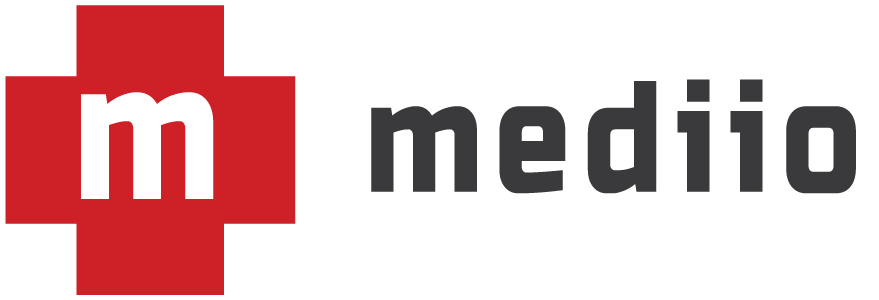Bob Hambly:
It's our job to be better observers. We've become lazy about it.
In this talk, Hambly is addressing designers but I think his lessons are not only pertinent but prescient for physicians.
The basic job of a doctor is to take in information and make observations in order to generate creative ideas. Then, order those ideas in terms of their likelihood and again generate creative ideas for solutions. The medical colloquialisms are 'differential diagnosis' and 'treatment'. But, don't be fooled—these are creative enterprises.
In the world of electronic medical records, molecular testing, advanced imaging, and genomic data, we face the threat of information overload. Reams of information are at our fingertips. No longer do we have to be exhaustive historians, staunch observers of signs and symptoms, or careful practitioners of the physical exam. We've become lazy observers.
Yet, valuable information not contained in the records lies within the history and physical. The subtle symptom overshadowed by more salient problems; the travel history or environmental exposure not previously asked about; the close family member with a similar problem. How do we improve our observational skills?
For designers, Hambly suggests documenting observations in various media. For physicians, I think the key is long-form narratives of the History of Present Illness and careful documentation of the physical exam (our versions of documenting our observations). In our quest for efficiency (and more patients and more pay), we've reduced the HPI to a grocery list of signs and symptoms and copied templates of physical exams. While these may fulfill billing requirements, they are not useful later on when things don't turn out how we anticipated and we need to revisit the original patient presentation. Holding ourselves to a high standard also pushes us to gather enough information from the patient to form a thorough narrative. You'll see how much detail you've missed when you try to form a comprehensive, readable narrative.
The next best tool for avoiding information overload to improve our observational skills...don't look at the chart before seeing a patient. Gather all the information yourself. Don't rely on the admitting HPI or previous hospitalization notes for the basis of your narrative. Take the patient's own words; then use the other records and clinical data to enrich the narrative.
Such process takes time, a valuable commodity in medicine. But, practice breeds proficiency and speed. We (especially those of us still in training) need to ensure we are practicing the correct process.
